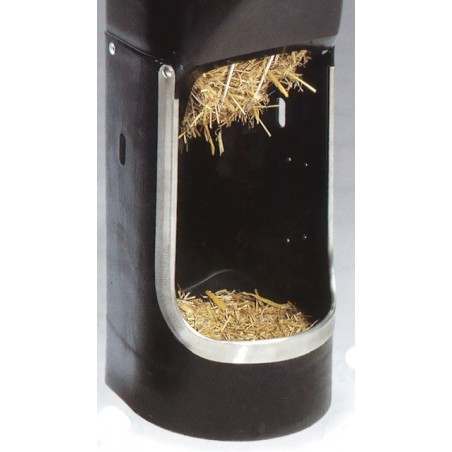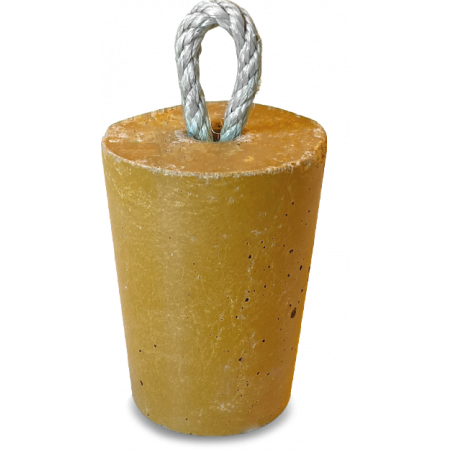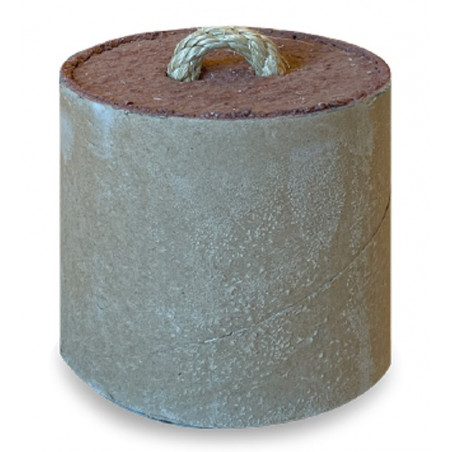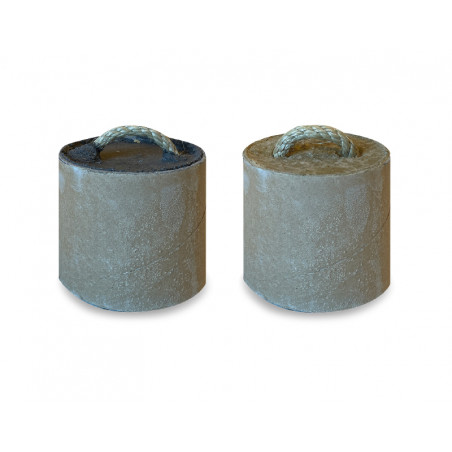European Union (EU) legislation states that the routine tail docking of pigs should not be carried out and that manipulable materials should be made available to all pigs to prevent tail biting and allow them to behave naturally. However, between 90 and 95% of pigs within the EU still have their tails docked to avoid the risk of tail biting. Farmers say they require information tailored to their particular production systems before they abandon this practice.
This study aims to evaluate the effects of four enrichment materials on the behaviour, physiology/health, performance and carcass and meat quality in pigs kept in Spanish production conditions. Most of these systems have fully slatted floors and high external temperatures for considerable periods of the year. The effects of chains (the control group), wood, paper or straw in a rack on the behaviour, health/physiology, performance and meat and carcass quality are evaluated. Ninety-six male pigs (six pigs/pen) ranging from 70 to 170 days old were used. Chains were used for the control group (CH), and wooden logs (W), straw in a rack (S) or paper (P) were also used. The pigs were subjected to two pre-slaughter treatments: 0 or 12 hours of fasting. Their behaviour was observed for 12 weeks using scan and focal sampling. Samples of the Neutrophil: Lymphocyte (N:L) ratio and lactate were obtained from the pigs at 66 and 170 days old. Saliva samples for Chromogranin-A (CgA) were obtained at 67, 128, 164 and 170 days old. The weight, skin lesions and feed intake of the pigs were recorded. S triggered more exploratory behaviour than W and CH. Skin lesions and redirected behaviour were lower for pigs with S. The pigs offered S presented lower CgA after no fasting than pigs with P or CH. Lactate was higher in pigs with W and CH treatments, regardless of fasting. The N:L ratio increased over time. No other significant effects were found.

Overall, Straw in a rack was found to be the best material to meet the behavioural needs of pigs, whereas paper met the criteria of being manipulable, but only for a short period. To avoid the risk of blockages in the slurry system, there are some practical issues to consider and improvements to be made to the design of the rack for providing straw used in this study.
Emma Fàbrega, Míriam Marcet-Rius, Roger Vidal, Damián Escribano, José Joaquín Cerón, Xavier Manteca and Antonio Velarde. The Effects of Environmental Enrichment on the Physiology, Behaviour, Productivity and Meat Quality of Pigs Raised in a Hot Climate. Animals 2019, 9(5), 235; https://doi.org/10.3390/ani9050235







